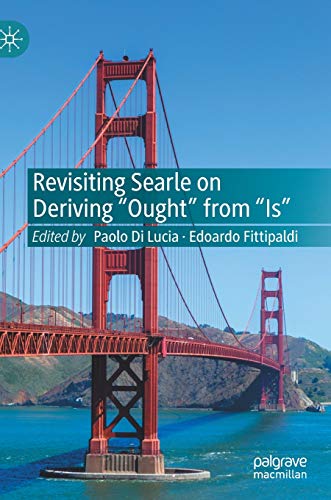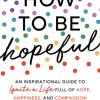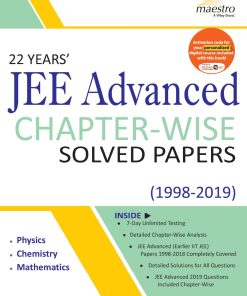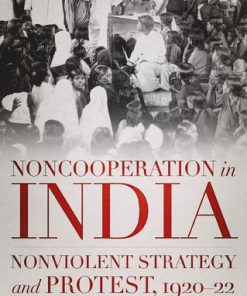Revisiting Searle on Deriving “Ought” from “Is” 1st Edition Paolo Di Lucia (Editor)
$50.00 Original price was: $50.00.$25.00Current price is: $25.00.
Revisiting Searle on Deriving “Ought” from “Is” – Ebook Instant Download/Delivery ISBN(s): 9783030541156,3030541150,9783030541163, 3030541169
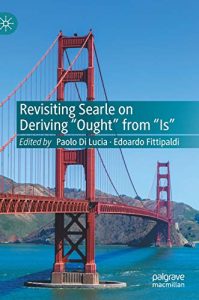
Product details:
- ISBN-10: 3030541169
- ISBN-13: 9783030541163
- Author: Palgrave Macmillan
This book reconsiders the supposed impossibility of deriving “Ought” from “Is”. John R. Searle’s 1964 article How to Derive “Ought ” from “Is’’ sent shockwaves through the philosophical community by offering a straightforward counterexample to this claim of impossibility: from your promising something- and this is an “is” – it simply follows that you “ought” to do it. This volume opens with a brand new chapter from Searle who, in light of his subsequent philosophical developments, expounds the reasons for the validity of that derivation and its crucial significance for social ontology and moral philosophy.
Table contents:
Part I
1. How to Derive “Ought” from “Is” Revisited
2. An Interview with John R. Searle
Part II
3. Is and Ought: Where Does the Problem Lie?
4. Searlean “Is” and “Ought” Revisited
5. Some Remarks on Searle’s View on the Logic of Practical Reasoning
6. On the Regulative Functions of Constitutive Rules
7. Existence as a Source of Normativity: An Alternative to Searle’s View
8. How to Derive Is from Ought
9. Searle vs. Conte on Constitutive Rules
10. “Ought” Is Spoken in Many Ways
11. Constitutive Rules, Criteria of Validity, and Law
12. Can Constitutive Rules Bridge the Gap Between Is- and Ought-Statements?
13. Searle and Conte on Deriving Ought from Is
14. Why Moral Norms Cannot Be Reduced to Facts: On a Trilemma in Derivations of Moral “Ought” from “Is”
15. On Searle’s Derivation and Its Relation to Constitutive Rules: A Social Scientist’s Perspective
People also search:
relevant search book
rewebbing seatbelts
reverse searing of steak
revisions of wilmington
reverse searing on grill
reverse searing technique
You may also like…
Uncategorized
Reference - School Guides & Test Preparation
Comics & Graphic Novels - Anime & Manga
Politics & Philosophy - Government & Politics


